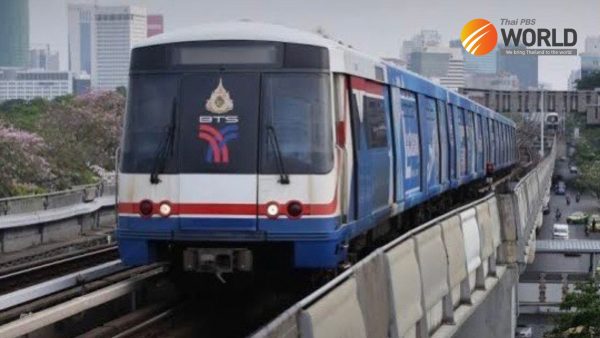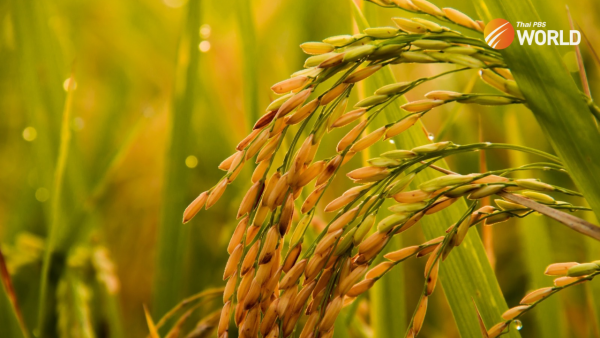Lesson for Thailand: How a small Danish island ends fossil fuel use

The first thing visitors approaching the small Danish island of Samso would notice are the white wind turbines rising out of the sea waters. And the closer they get, more wind turbines towering over green fields appear before their eyes.
And that was exactly what a group of Thai journalists saw when they arrived at the island aboard a ferry during a recent visit.
Samso has done something deemed unthinkable in most other countries. It has done away with dependence on fossil fuels and now boasts being the first island community to be fueled entirely by renewables, mainly wind and biomass. Most homes on the island, which covers an area of 112 square kilometres and a two-hour ferry ride from the mainland, run on wood chips, straw and solar energy.
It’s no wonder why Samso has become a poster child when it comes to fighting climate change. The remarkable journey from fossil fuels to renewables of this island of around 3,700 inhabitants goes back to 1997 when it won a Danish government’s competition to develop a model renewable energy community.
It’s easy to gloat over the success of Samso now. But it is something that certainly didn’t come overnight.
“We drank a lot of coffee,” that’s how Jesper Roug Kristensen, in charge of innovative technologies promotion at the Samso Energy Academy, described the work that pioneers in clean energy put into the process of convincing initially skeptical residents of the island. They either sat down over coffee with doubters or called them in person to explain the benefits they would get from the endeavor.
“It boils to what’s in it for me,” he said of the initial attitude of the island residents when the project was introduced to them.
Convincing them to change their way of life and give up what they had been doing wasn’t easy. He said strong community engagement and participation and a cooperative ownership strategy were critical factors to the success.
“The most important thing is that we started with a bottom-up approach and not seek to impose technology on people,” said Kristensen, a former salesman who moved to the island with his wife several years ago.
Global warming aside, Kristensen said the islanders embraced the transition also because of potential of financial return, benefits for the local economy and energy independence. Rising oil price was also taking its toll on the residents of the island famous for its potatoes. Today, individual farmers and local cooperatives have stakes in the ownerships of the island’s 11 on-shore and 10 off-shore turbines.
He said the islanders now produce more energy than they need and export the rest to the mainland.
Samso Energy Academy, located in what is described as a Viking-style home, plays an important role in sharing knowledge and experience on renewable energy development. The academy, which is a demonstration and meeting place for local citizens, receives thousands of scientists, journalists, environmentalists and politicians from the world over each year. A group of Thai journalists were among its most recent guests.
“Prepare to drink a lot of coffee,” Kristensen said when asked what would be his advice to others who want imitate Samso’s success.
No wonder that Samso is now being used as a showcase for green energy by Denmark which was an early adopter of wind power which now accounts for 43 per cent its electricity production.






